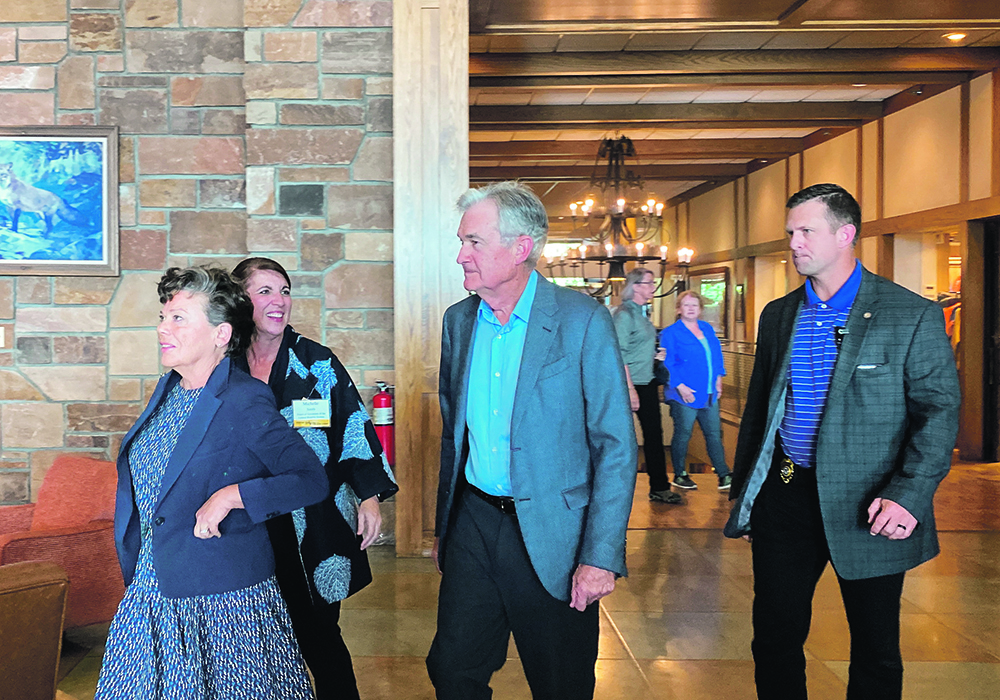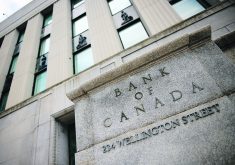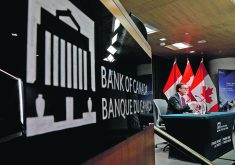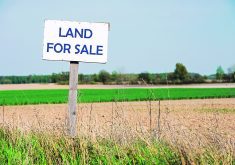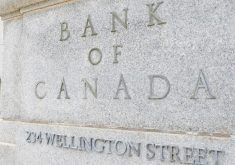Anybody thinking about borrowing money or dealing with debt payments didn’t get any clarity on interest rates from the head of the U.S. Federal Reserve Bank at its annual Jackson Hole conference.
“As is often the case, we are navigating by the stars under cloudy skies,” said Fed chair Jerome Powell Aug. 25.
“In such circumstances, risk management considerations are critical.”
The Fed is balancing on a knife’s edge between crimping economic demand too much and provoking a jobs-killing recession, and not squeezing hard enough on inflation and causing a spiral that ends up in an even worse jobs-killing recession further down the road.
Read Also
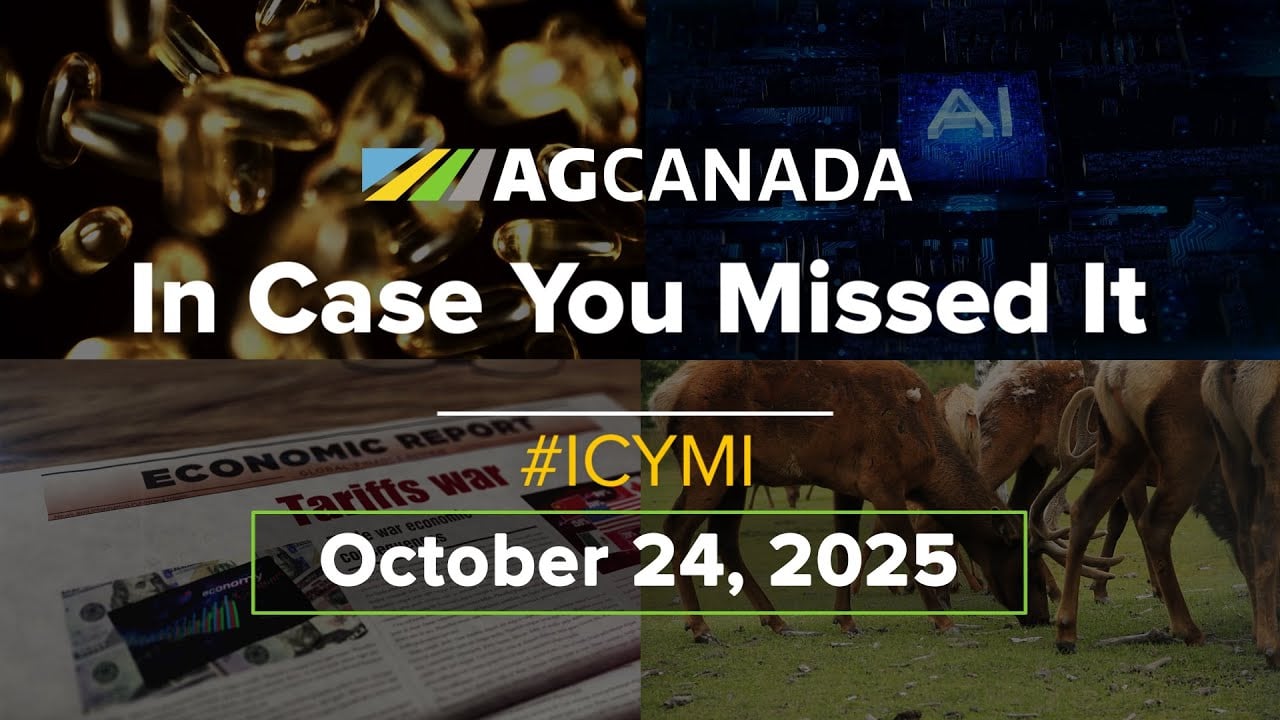
AgCanadaTV: Your agriculture news recap for Oct. 24, 2025
https://youtu.be/mp5FRLcmGuA Is Canadian Ag ready to pivot? Risk and change are inevitable in agriculture, but the need for change is…
In the 12 months since the last Jackson Hole symposium, held annually by the Fed, the U.S. central bank has raised its prime interest rate by three percentage points, causing real commercial rates — like those paid by farmers with good credit — to increase by about 2.5 percent. For those taking on substantial debt, that’s a giant increase in debt payments. It also makes purchases of machinery and land much more expensive.
However, the U.S. economy has trucked along strongly, while inflation around the world, including inside recessionary Europe and slumping China, remains far higher than central banks are happy with. That creates a problem for central bankers trying to get inflation back down to the two percent standard of recent years.
“It’s a very complex world out there. The Fed has to navigate a lot of moving pieces,” said Mohamed El-Erian, economist and former chief investment officer of the giant PIMCO fund, speaking with Bloomberg Radio after Powell’s speech.
Markets appear to be assuming the Fed is likely to begin cutting rates soon, and has hit the peak of its interest rate increases, but others aren’t sure.
“The marketplace is much more complacent than the economists are,” said El-Erian.
The next opportunities for the Fed to change rates are at meetings in September and November.
Many assume the Fed will continue to pause, which it has done since summer, to see the impact of its recent rate increases. But inflation is still above three percent, which worries many analysts.
“They are using instruments with lags (and having to work) on backward-looking data,” said El-Erian.
“I don’t think (Powell) knows what he’s going to do in September.”
Inflation pressures exploded with the pandemic’s disruption of supply chains and the actions of governments to boost demand by giving citizens billions of dollars. As people tried to buy items in a time of shortages, prices rose, triggering demands of higher wages, causing companies to raise prices to cover increased costs.
The Russian invasion of Ukraine drove inflationary prices, higher, with its impact of grain shipments and exports out of Russia.
The U.S.-China trade tensions have exacerbated cost pressures.
The impact on agriculture is general, with crop prices, meat demand, machinery costs and land prices affected by inflation and interest rates.
The outlook for the fall and winter is unclear.


